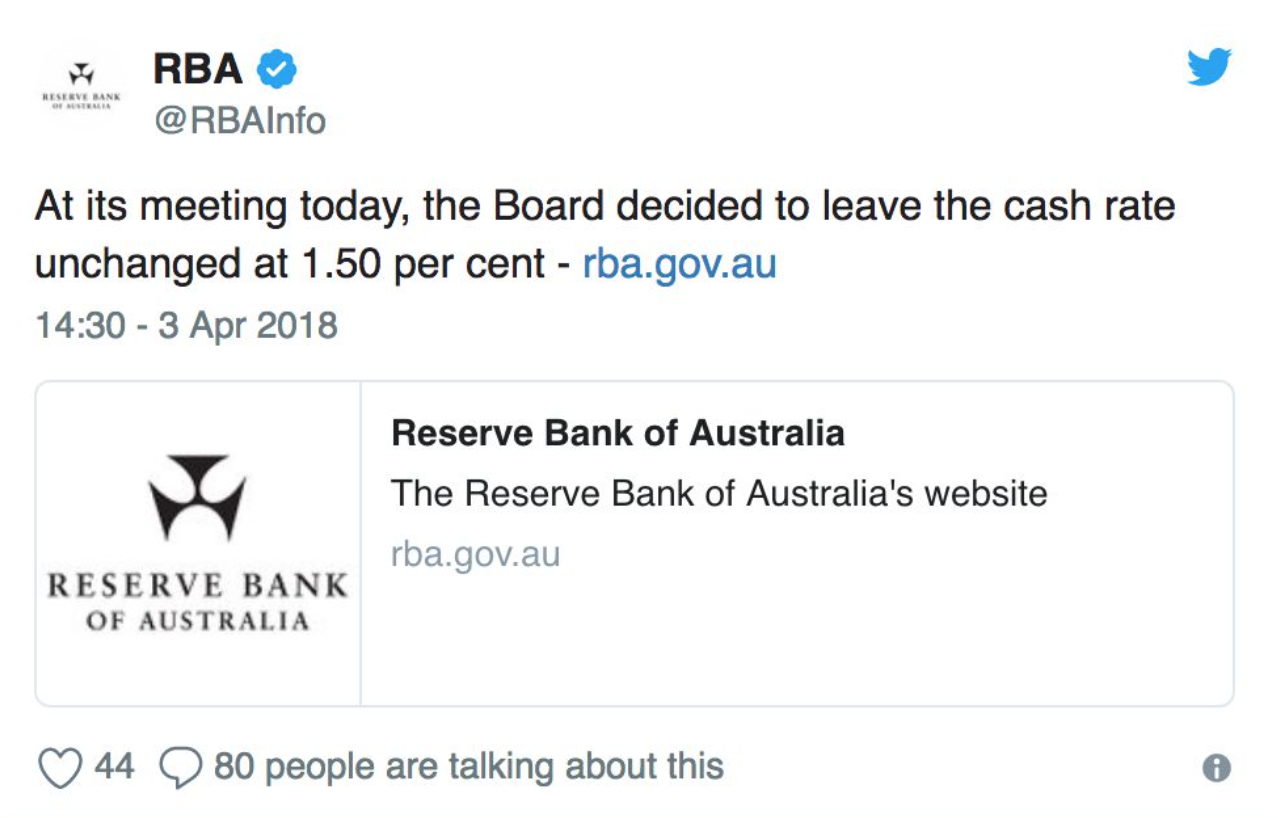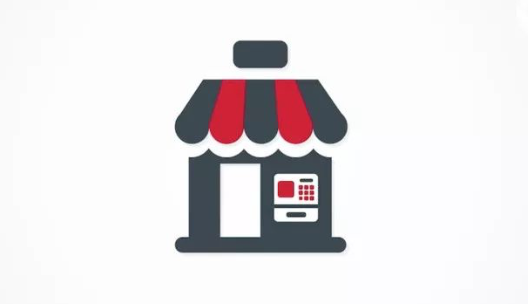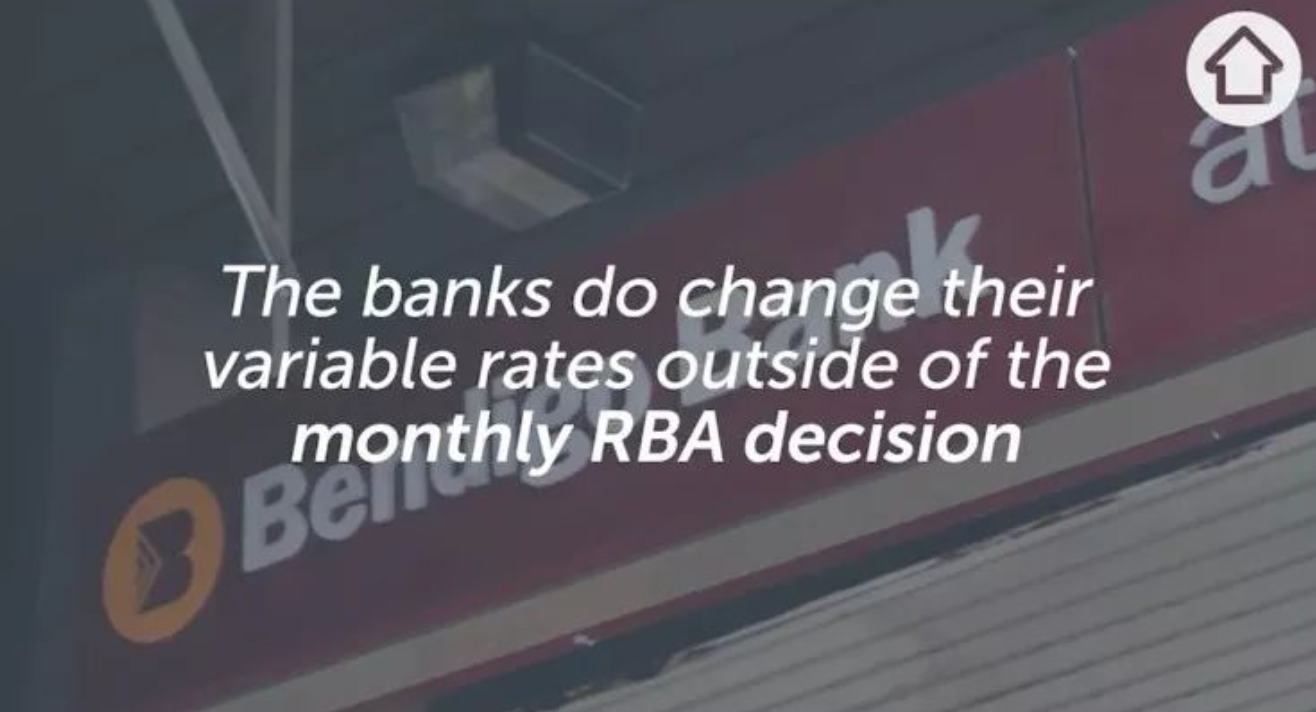The Reserve Bank of Australia remains inactive in April. Is there still a buffer period for debt risk?
The Reserve Bank of Australia kept interest rates unchanged again this month, and the official cash rate remained at a historic low of 1.5%.
Since August 2016, the exchange rate in Australia has been stagnant.
Although 18 monetary policy meetings have been held since then, Governor Phil Provier said that due to slow wage growth and slow inflation, the central bank is required to take conservative measures on cash interest rates.
Last year, economists predicted that interest rates would rise to their highest point in early 2018, but most people modified their views. Now they tend to think that the rate hike will happen later this year.
Nerida Conisbee, chief economist of REA Group, said that “the economy is still not strong enough” to cope with the rise. She said: “Although companies have confidence, consumers have not yet received wage increases. They need to feel more confident and this is affecting the retail industry.”
However, 83% of financial experts in the finder.com.au RBA survey believe that the probability of the next RBA raising interest rate will increase. Conisbee believes that this will happen this year and expects the situation to change quickly once wages begin to rise. “Similar situations have also occurred in the United States – once the economy improves, it will start soon,” she said.
The time of the first home buyer is correct
According to LJ Hooker’s Matthew Tiller, the housing market across the country continues to be active, the number of listings has increased, and the auction evacuation rate is lower than the long-term average.
“
More properties sold on the market provide buyers with more choices, and as the demand for investors eases, the price growth slows down.
”
Consibee agrees and adds that with interest rates historically low, it is now a good time to sign a home loan.
Although banks are under pressure to raise interest rates – the cost of wholesale financing is increasing – but because of the slowdown in the market, many banks are actually cutting margins to keep their trading volume, which is good news for borrowers.
She added that conditions are particularly beneficial to first-time buyers. “In many states, first time homebuyer grants have increased, but the bigger benefit is that investors are less active this year. Because of the reduction in investors, this means less competition for first time buyers.

Two increases in interest rates mean increased risk of loan default
Despite this, some experts in the finder.com.au survey worry that if the interest rate only rises by two 25 basis points, the buyer may face the risk of loan default; the risk is that those who invested in a lot of properties and have a lot of money Senior investors in debt.

Therefore, the RBA needs to be careful to ensure that there is no high level of default.
Conisbee said: “Australia is the second highest household debt in the world. There is no doubt that some people are heavily indebted.


Leaver a comment